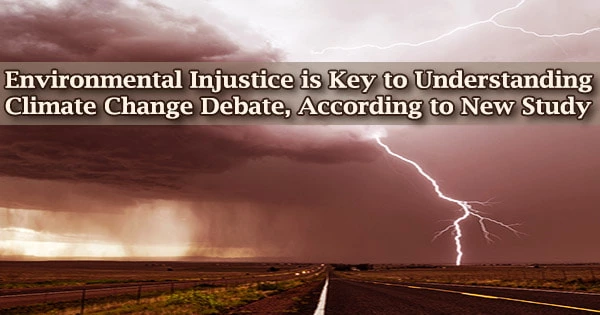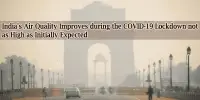A recent study from the Rosenstiel School of Marine, Atmospheric, and Earth Science at the University of Miami (UM) discovered that Miami’s history of environmental injustice was the key to comprehending why various groups frequently spoke at cross-purposes, resulting in misunderstandings and disagreements about climate change and what they believe should be done about it.
“These findings are of particular interest as local governments begin to respond to climate pressures,” said Rosalind Donald, who conducted the study while a postdoctoral associate in the UM Rosenstiel School’s Department of Environmental Science and Policy. “While climate change is often spoken of in scientific terms in the policy world, the people in our study were engaging with its wider societal context.”
Donald and crew were able to evaluate Miami’s climate debate and the histories that inform it by fusing material from interviews, historical records ranging from planning documents to personal papers, and analysis of policy documents.
The city’s history of racial segregation and real estate development, which includes the eviction of Seminole and Miccosukee tribes and the destruction of Overtown, Miami’s largest Black community at the time, to make way for the I-95 Expressway, has led to a splintered climate debate in which different groups of people are affected by climate change in different ways.
For instance, wealthier people are more likely to reside in shorefront neighborhoods, making them more likely to suffer coastal flooding brought on by sea-level rise and link it to climate change.
Research and the media often put differences of opinion about climate change to political differences. It’s not just about deniers and believers, our research shows how climate change is personal to all of us.
Rosalind Donald
Due to segregation and displacement, many Black villages in the interior are situated on higher terrain. These places are experiencing an increase in gentrification pressure, maybe in part because of their reduced susceptibility to sea level rise, according to the idea of climate gentrification.
As a result, some locals were more likely to link gentrification and climate change. According to their research, contrasting views on climate change aren’t only a matter of political identity; they also have a history in the community, including instances of privilege or dispossession.
“Research and the media often put differences of opinion about climate change to political differences,” said Donald. “It’s not just about deniers and believers, our research shows how climate change is personal to all of us.”
This meant that talking about climate change in isolation from gentrification and other serious issues was more abstract in some neighborhoods and could even be alienating.
Although well-versed in climate science, residents of a rich Miami Beach neighborhood rejected efforts to address sea level rise because they thought it would lower their property prices and quality of life.
“It has divided the city into those who have benefited from this growth and those whose communities have subsidized the health, wealth, and environmental quality of others without enjoying the fruits of growth,” said Donald.
















